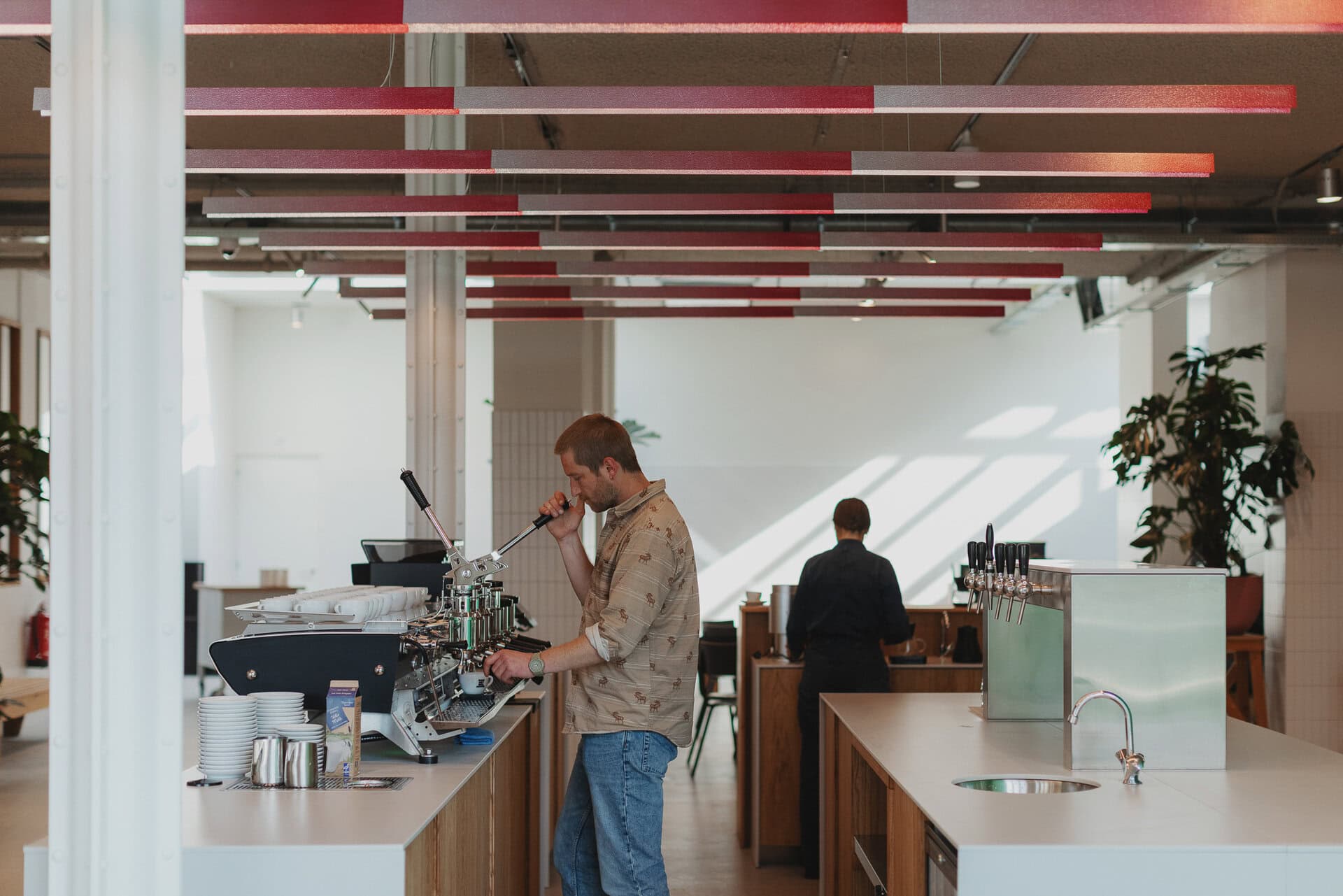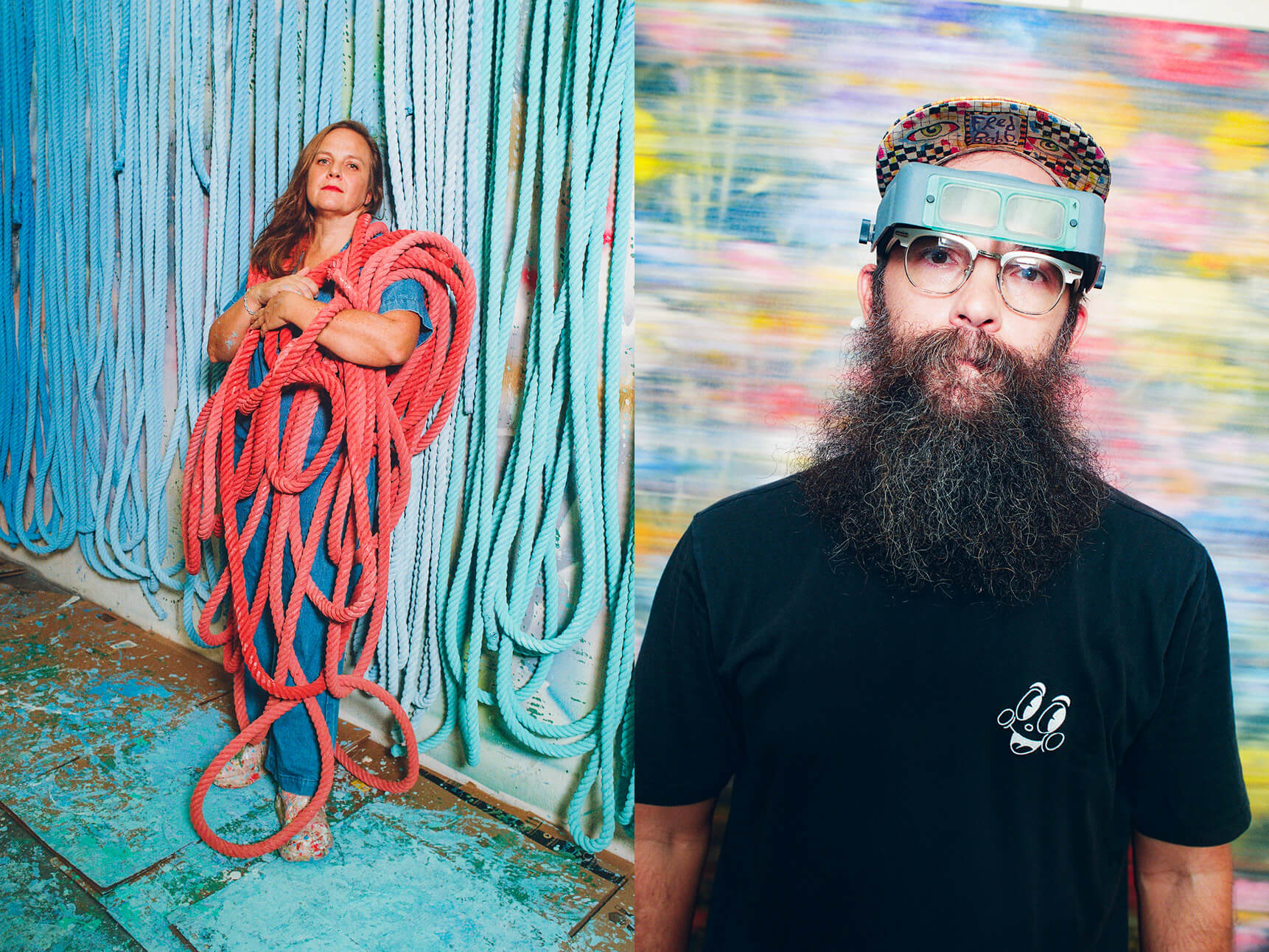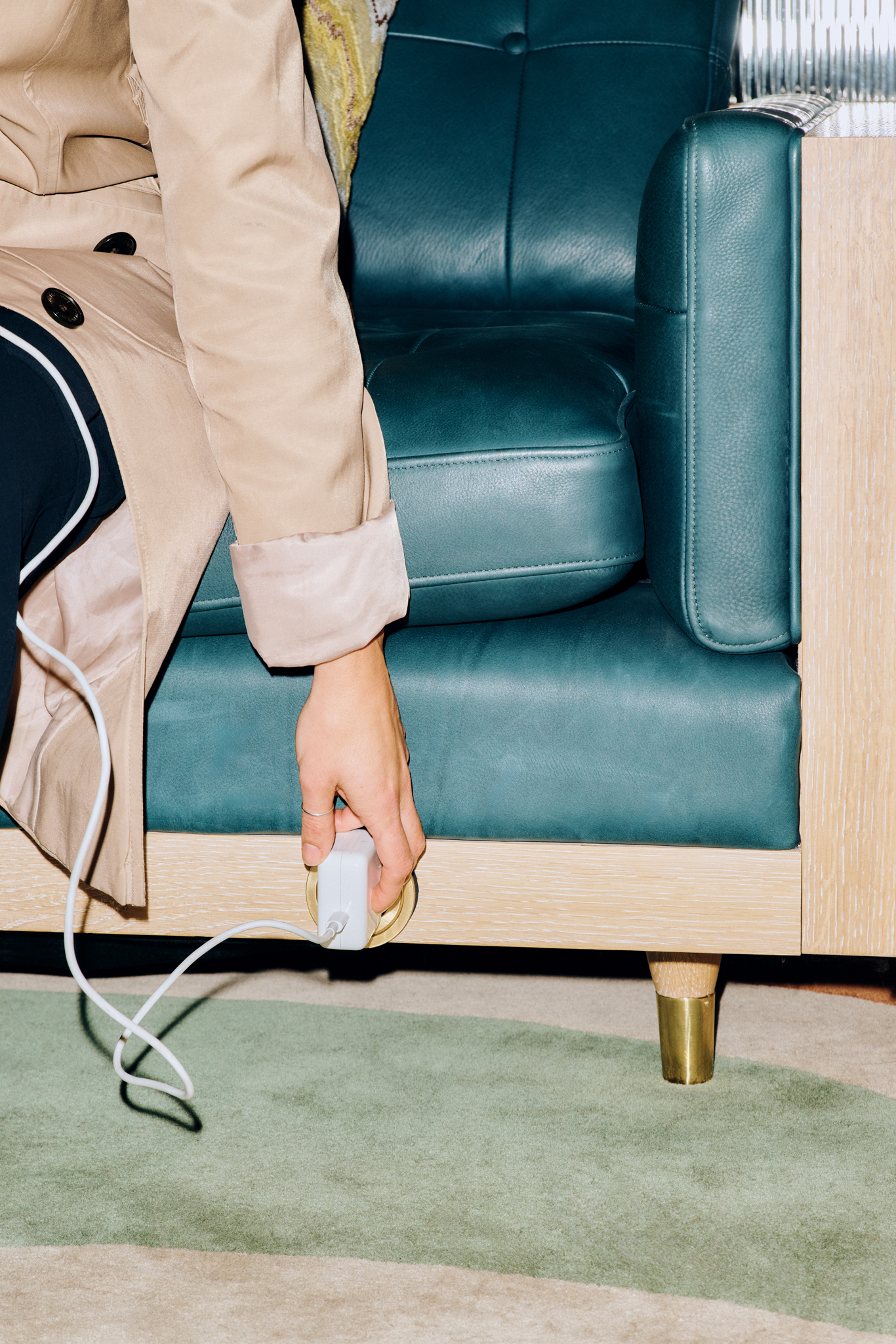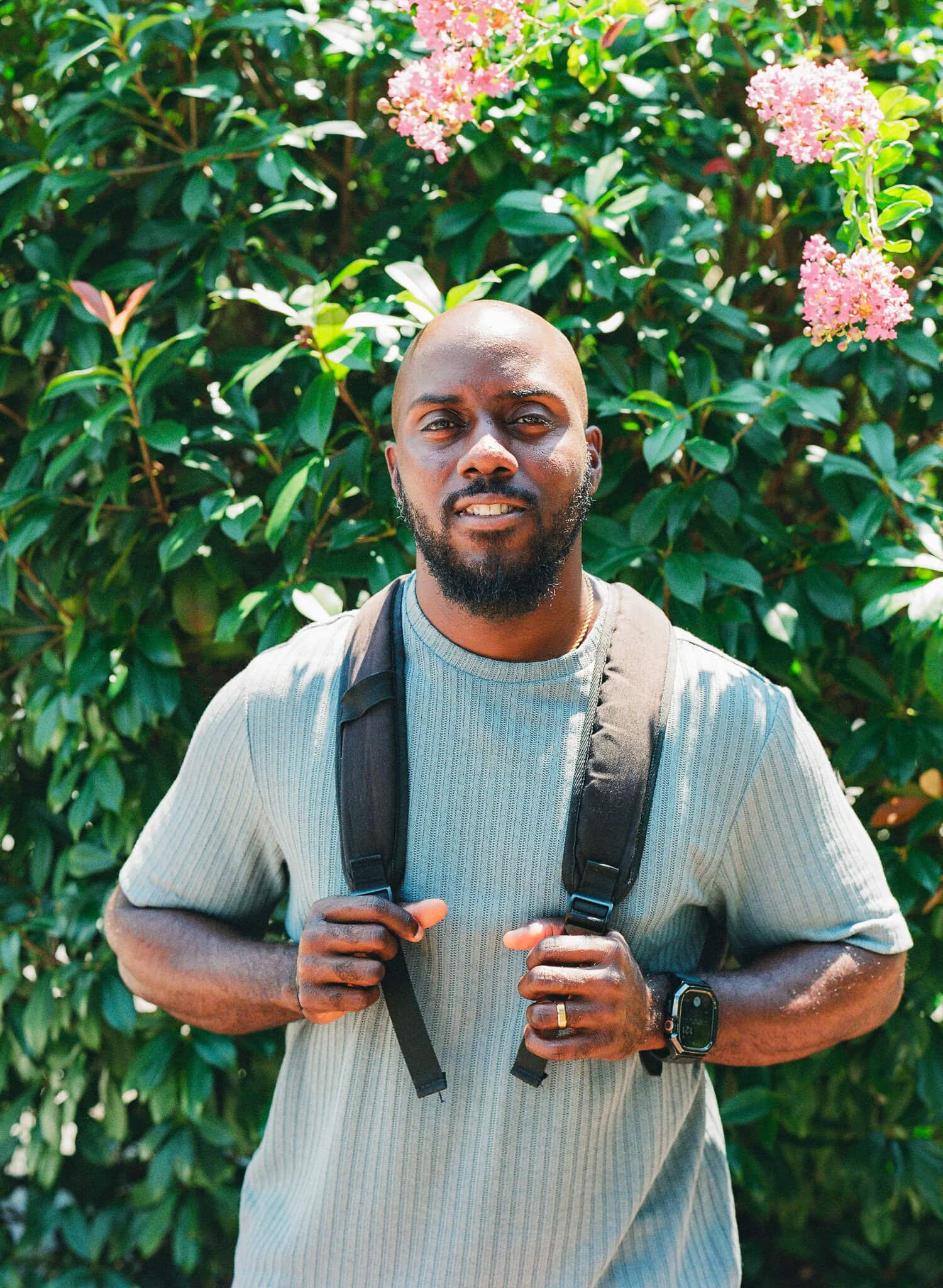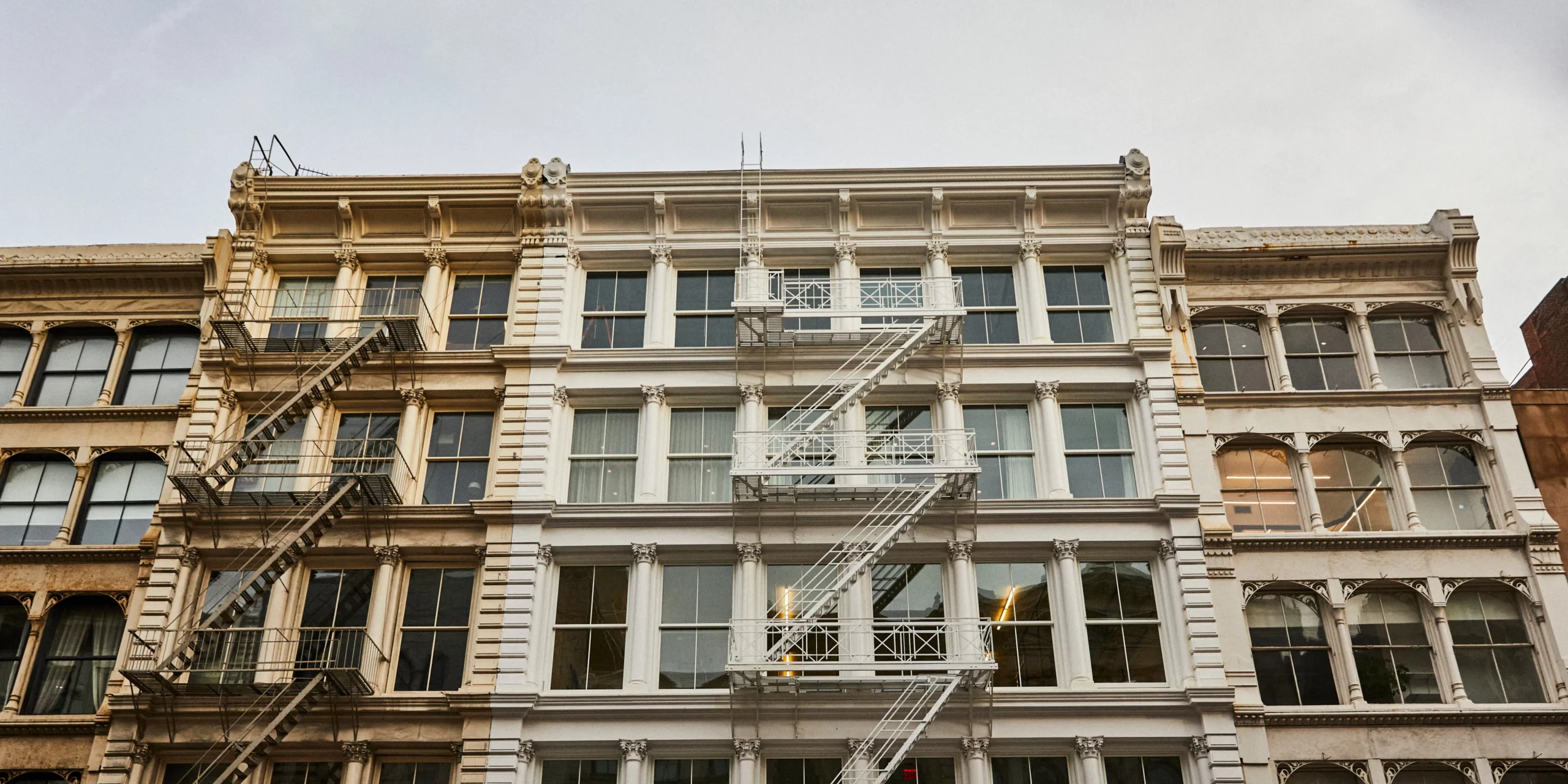
You don’t need a full suit to mean business. For the past few weeks, I’ve been wearing schmattas. Truly, schmattas. Low-slung cargos that look ripped off a surfer, a pilling long-sleeved black top that sags off my right shoulder, and a scuffed leather jacket big enough to swim in.
In a way, my week has also resembled that of a disintegrating schmatta. There is barely anything written in my weekly planner, and if there is any scrawl, it’s sporadic and certainly not organized. The workweek blunders keep accumulating. I accidentally double-booked myself this past Tuesday night. Did I mention that I barely made it to a midday meeting? And it wasn’t even in person–it was on Zoom! Pathetic! My life has been unfurling like a piece of loose thread detaching from the seam, just like the one hanging from that shiva-sitting black shirt that falls off my body.
It wasn’t until later in the week that I had to wear a suit jacket for a meeting. There were no ifs, ands, or buts: I had to make a put-together impression. The Italian one I wore is truly the definition of a stellar suit jacket. It is whittled at the waist, complete with firm shoulders that give me the confidence of a Superbowl-winning linebacker barrelling onto the field. There’s impeccable tailoring; girthy fabric. The jacket is reminiscent of a great ’90s-era workwear suit seen in a Vogue editorial where everyone seems to perpetually be en route to a boardroom or a cubicle. Serious people with a destination.
After my jacket-required meeting, I headed to The Malin in Soho. Interestingly enough, there was a shift in how I carried myself, which I could feel immediately. More gusto! More strut! My posture was straighter than usual, as if a string was pulling me upward from the crown of my head. Perhaps, it was the jacket’s structure that forced the body to morph? After all, the fit and silhouette made it impossible to hunch a la Quasimodo as I often do.
Structurally, I’m not in the wrong. The jacket has physical attributes that cause the human form to take on its shape, not vice versa. In the 1940s and 1950s, wiggle dresses fit so tightly around the body that women walked with a tight, compact strut that caused the hips to seductively shimmy with each step. Throughout history, corsets were so severely strung that they made the spine transform into a ruler. (They also shifted internal organs). Vogue archivist Laird-Borelli Perrson notes that after the decline of those corsets came the breezy C-shape of the 1920s. “‘Corset buyers and fitters still remember, with a feeling somewhat akin to horror,’” reported a contemporary industry paper on posture changes throughout history, “‘the vogue of the ‘debutante slouch’ and the ‘panther glide,’ which came into fashion along with the tango and maxixe.’”
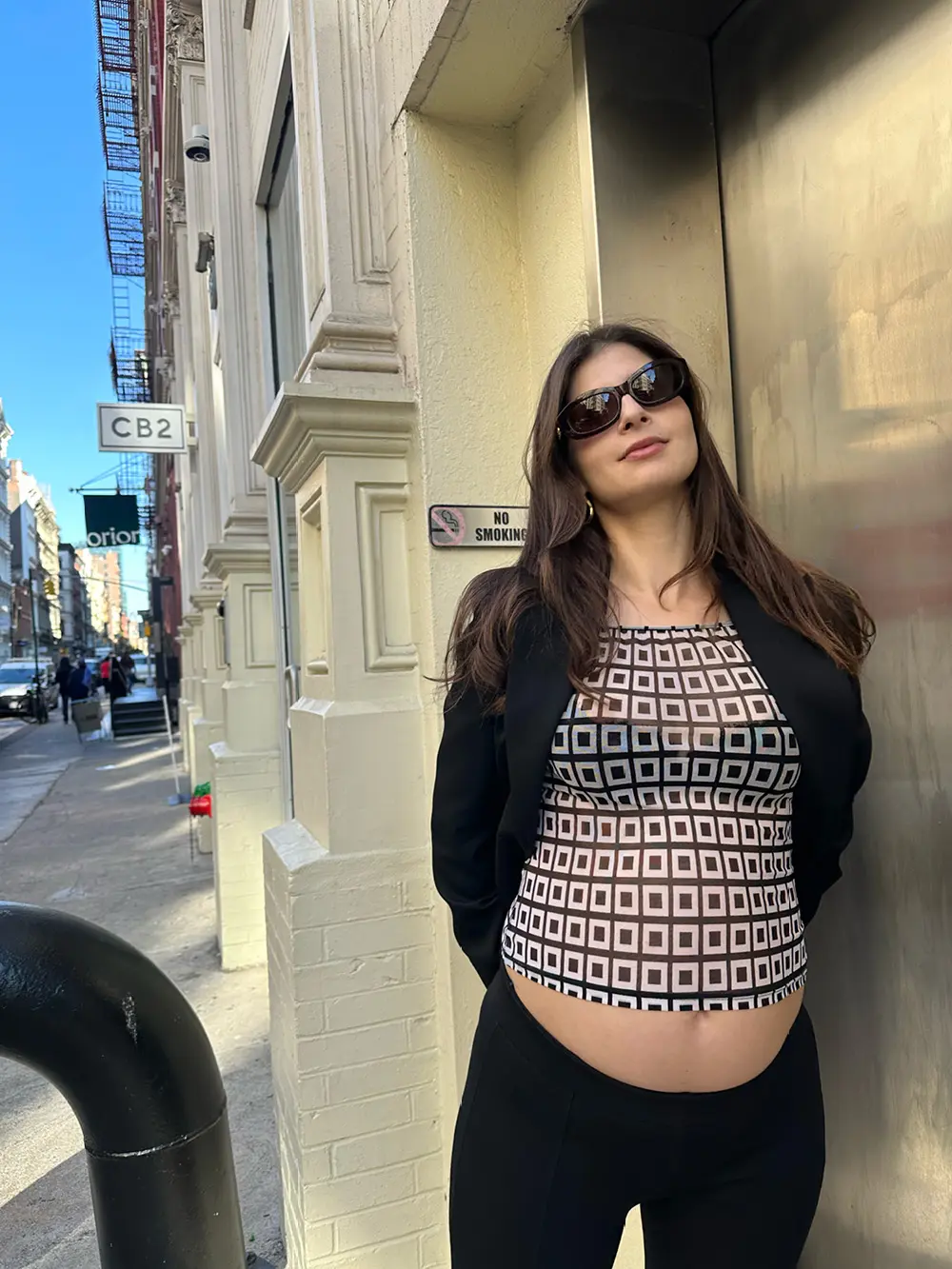
“Psychologically, I became who I had long dreamed of: a person who worked sans distractions. I was that model in a ‘90s Vogue editorial, cosplaying a person who needed to grind for a living, except I was that person—and finally acting like it!”
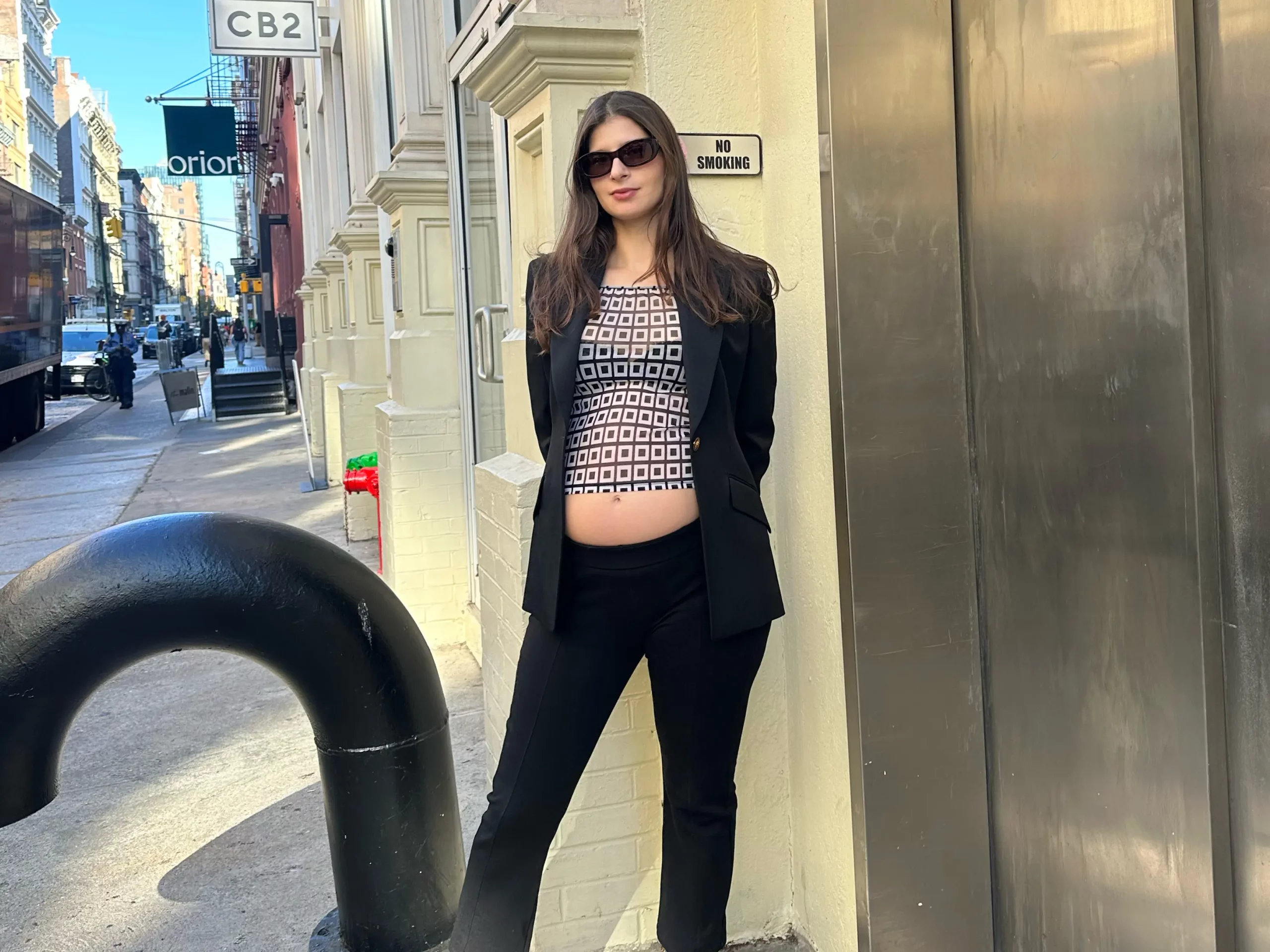
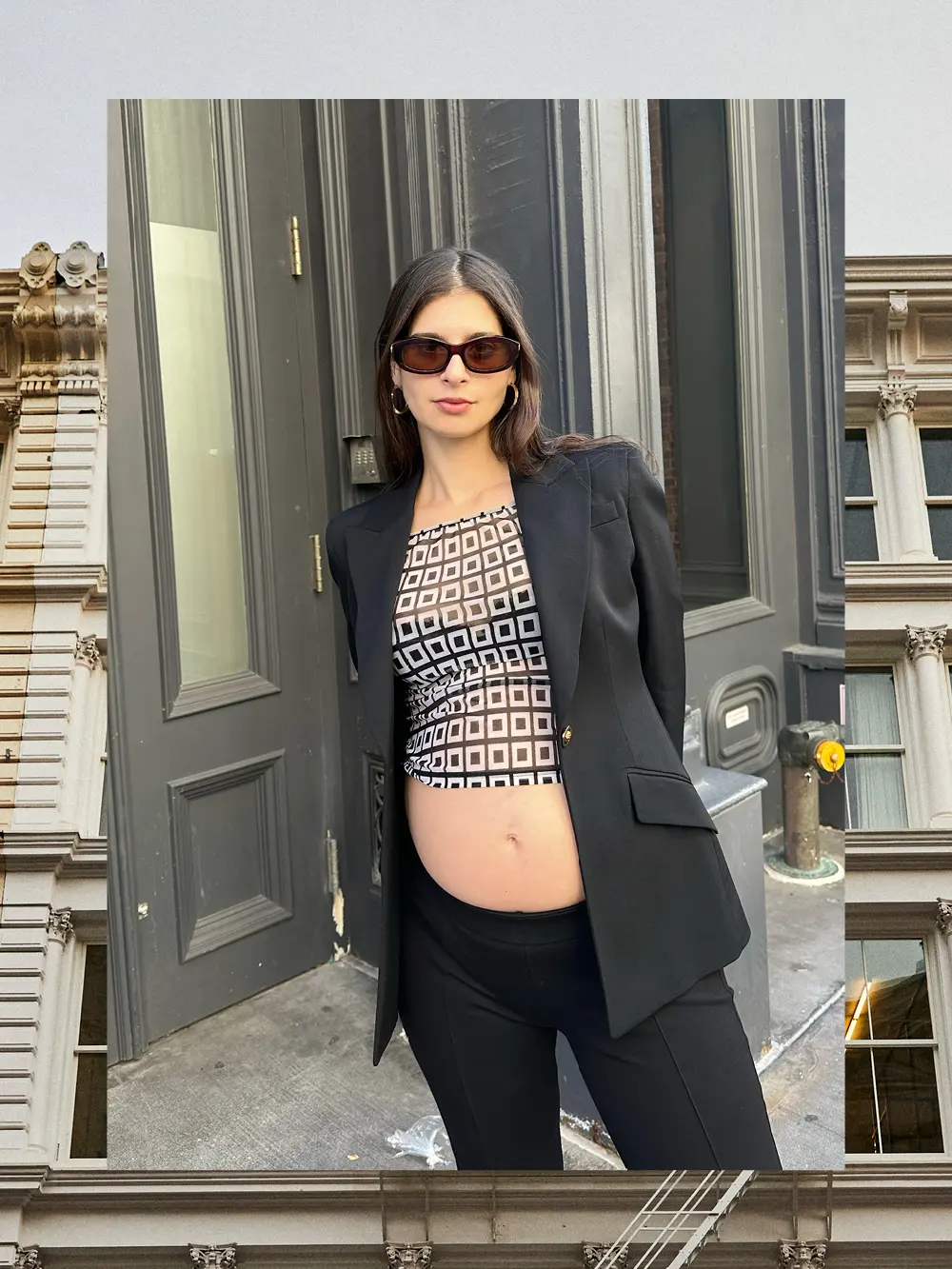
While my day felt like it changed because I quite literally had to stand up straight, which injected some oomph into my work attitude, there was the killer polish of the piece, too. Whether I consciously noted it or not, I believe I wanted to channel an executive realness while in the blazer. I switched from the plush communal couch I had been sinking into for a shared desk. I felt the urge to write everything down in my planner. I logged out of social media and got to work. Psychologically, I became who I had long dreamed of: a person who worked sans distractions. I was that model in a ‘90s Vogue editorial, cosplaying a person who needed to grind for a living, except I was that person—and finally acting like it!
I’m not the only one who feels the effect of a great blazer. My friend Ariella Starkman, who runs a fashion production company, is typically in a set or a suit. Her favorite? A Vivienne Westwood blazer that she describes as a “work of art” and is of impeccable quality. “When I dress in business attire, I act differently! I’m ready for whatever you might throw at me—disaster? Sure! Running late? Whatever!” she tells me, adding. “When you look good, you think more clearly.” My husband has a similar philosophy as Starkman’s—sans the Westwood!—and often throws a blazer over a T-shirt or a long-sleeved shirt, forgoing a classic button-down. And yet, he looks professional. “It ties everything together,” he tells me from underneath a faded baseball cap, gesturing towards a vintage navy Brooks Brothers blazer.
The relationship of clothing to the phrases “ties everything together” and “think more clearly” is not unfounded or some phenomenon out of the blue. I’ve long cited enclothed cognition, a phrase coined by Dr. Adam Galinsky in 2012. In his study, he tested out how people carried themselves in certain clothes. A person in a lab coat acted more professionally and put together, just as someone who worked in a meticulously organized lab would.
Ultimately, we become the clothes we wear. I don’t want to evoke a person with a work ethic akin to a pilling sweater or be lazy a la a slacking surfer in cargo pants. I want to mean business—and a blazer is scientifically and anecdotally proven to help me get there.

